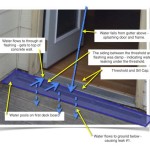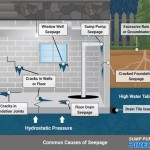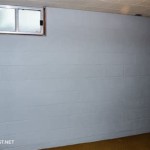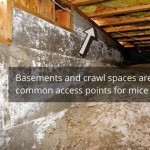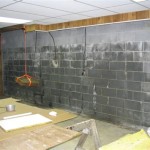Essential Aspects of Gap Between Basement Wall and Framing
The gap between a basement wall and framing, known as the rim joist gap, is a crucial aspect of basement construction. Understanding the reasons for this gap and its implications is essential for ensuring the structural integrity and longevity of your home.
The primary purpose of the rim joist gap is to allow for expansion and contraction of the basement wall due to temperature changes and moisture fluctuations. Concrete expands and contracts with temperature variations, and the gap provides space for this movement without damaging the framing above. Additionally, moisture can seep through the basement walls, potentially causing rot and damage to the framing if there is no gap.
The width of the rim joist gap should typically be between 1/2 inch and 1 inch. This allows for adequate movement while preventing excessive gaps that could lead to air leaks or moisture infiltration. It is important to note that the gap should not be filled with insulation, as this can hinder the movement of the wall and trap moisture.
Proper sealing of the rim joist gap is also essential. Foam insulation or caulk is typically used to seal the gap and prevent air leaks. Sealing the gap helps maintain a consistent temperature in the basement and reduces the risk of moisture infiltration. Failure to seal the gap can result in energy loss and moisture problems.
The location of the rim joist gap is directly above the basement wall and below the floor framing. It is important to ensure that the gap is consistent around the entire perimeter of the basement to allow for uniform movement of the wall. The gap should also extend to any interior walls that intersect with the basement walls.
If you notice cracks or gaps in the rim joist area, it is important to address the issue promptly. Cracks can indicate movement or structural issues that need to be repaired. Gaps can lead to air leaks or moisture infiltration, which can compromise the integrity of the basement and the home as a whole.
By understanding the essential aspects of the gap between a basement wall and framing, you can ensure the longevity and structural integrity of your home. Proper gap management and sealing will prevent damage, improve energy efficiency, and create a healthier living environment in your basement.

Below Grade Wall To Above Transition Gap Greenbuildingadvisor

Framing Basement Walls How To Build Floating

Etw Foundation 6 0 5 Pcf Spray Foam With 2x4 Framing Offset 2 From Concrete Buildingscience Com

Below Grade Wall To Above Transition Gap Greenbuildingadvisor

Tips For Framing Basement Walls Semigloss Design

Why You Can T Seal The Gap Between A Basement Floor And Wall

Three Ways To Insulate A Basement Wall Fine Homebuilding

What Is The Best Way To Depict Floating Hanging Walls Building Codes And Compliance Chieftalk Forum

Gap Between Basement Wall And Ceiling Joist Mp4 Youtube

Floating Partition Walls Basement Asktooltalk Com
Related Posts
